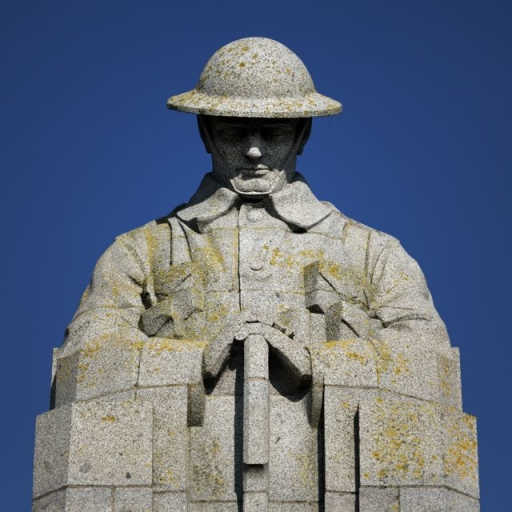Germany launched its only Western Front offensive of 1915 at Ypres on April 22nd, extensively using deadly chemicals for the first time to attack the Allies.
Clouds of chlorine gas were released from cylinders, forcing thousands of French colonial and territorial troops to flee their trenches.
Many died from asphyxiation and lung damage after being engulfed by the grey-green waves of noxious fumes drifting across the Flanders battlefield near Langemark.
The attack opened a four-mile (six kms) gap in the Allied defences, but German troops failed to exploit it, fearing a lack of reserves.
Gas was used several more times by the Germans as they attempted to wrest control of the Ypres salient from the Allies.
Canadian troops, fighting as part of the British Empire, played a prominent part in the counter-attacks, which secured the line after a month of fighting.
An eminent German chemist, Fritz Haber, pioneered the use of gas as a weapon, even though it was banned under international treaties, and went to Ypres to oversee its deployment.
The aim was to break the Allied defence of the historic Belgian town guarding the approaches to the coastal ports.
Since the protracted battles of October 1914, Ypres had been defended by the British and French on a front line known as the salient because it formed a bulge in the front line.
Despite condemnation of Germany’s action, the Allies also went on to use chemical weapons in the First World War. The British released chlorine in their offensive at Loos in September 1915.
Phosgene and mustard gas were also deployed, the latter by Germany on the Ypres front in 1917.
During the war, the Germans produced 38.6 million tonnes of gas shells, the British 8.3 million tonnes, and the French 5.3 million tonnes.
Up to 800,000 soldiers were victims of gas.
Today’s centenary of the first gas attack is being marked with commemorations in Ypres and at sites in the surrounding area of special significance to France and Canada. More details can be found here.
Sources: Visitflanders; Wikipedia; various
Images courtesy of Visitflanders © Milo-profi via flickr
Posted by: Peter Alhadeff. Centenary News
